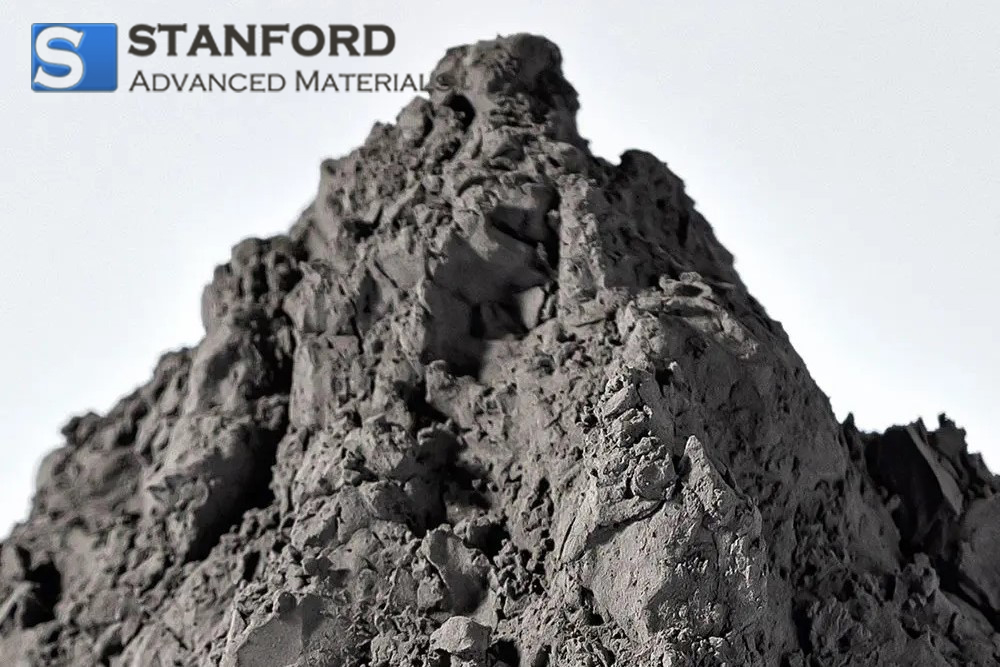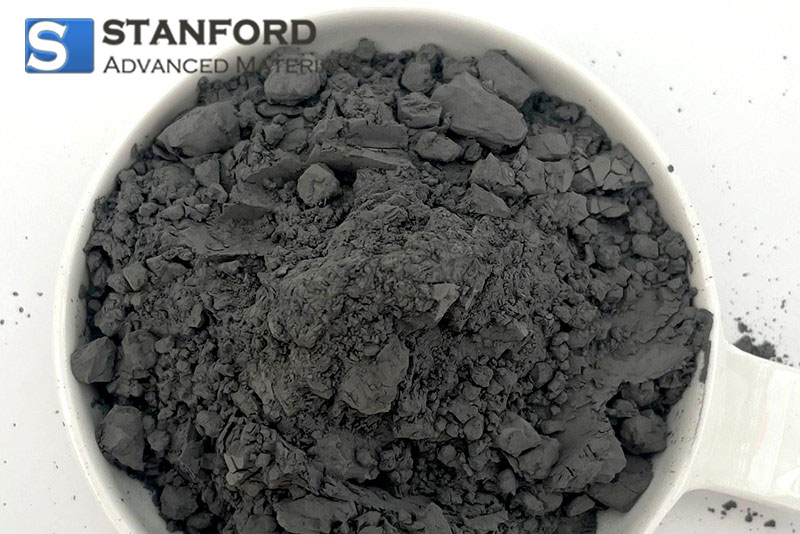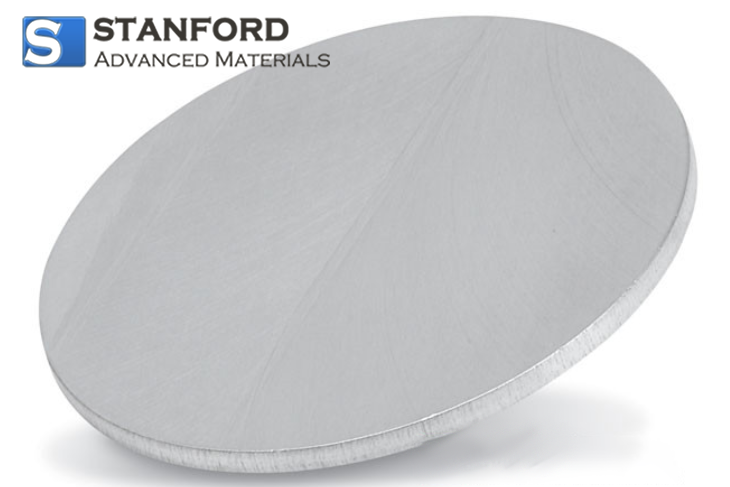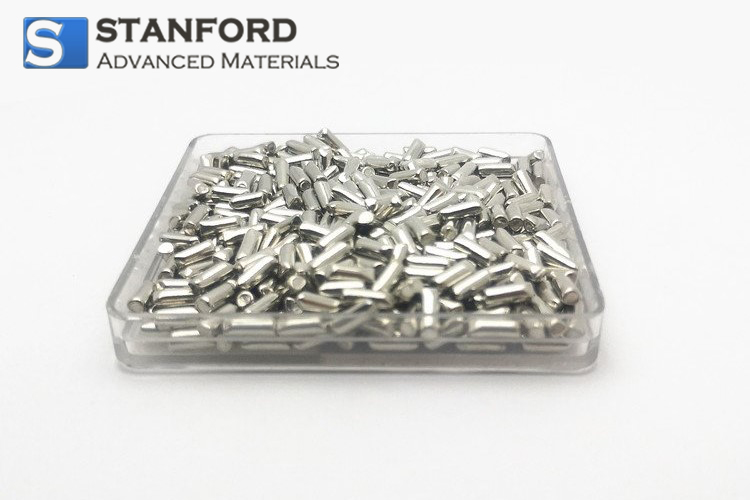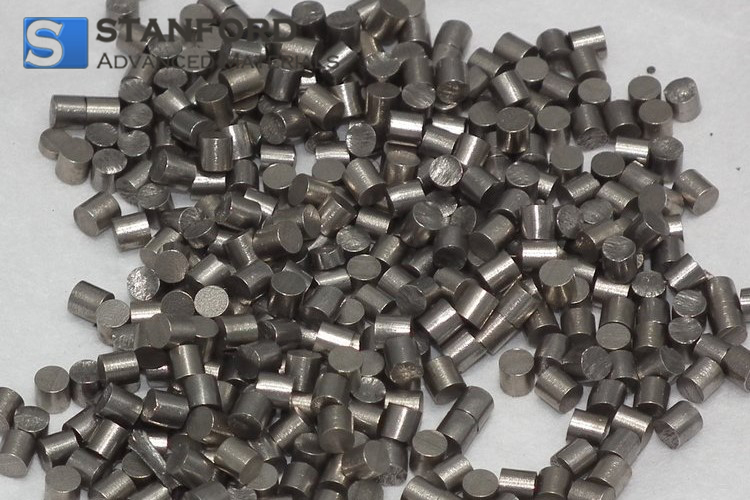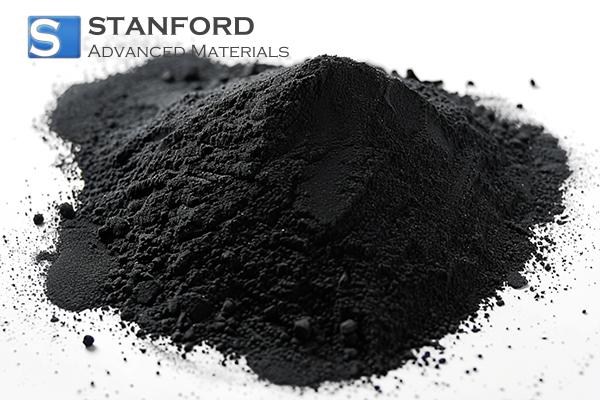Tin Telluride (SnTe) Evaporation Materials Description
Tin Telluride (SnTe) is a semiconductor material composed of tin and tellurium and is known for its strong thermoelectric properties. As an evaporation material, SnTe is commonly used to deposit thin films for applications like thermoelectric generators, infrared detectors, and solar cells. It has a high thermoelectric efficiency, particularly when doped, making it ideal for energy conversion and cooling. SnTe has a direct bandgap of around 0.18 eV, which makes it effective in infrared sensing. The material is stable and available in high purity, ensuring the deposition of high-quality, stable films. SnTe also has moderate electrical conductivity and low thermal conductivity, enhancing its thermoelectric performance. It can be easily deposited using methods like thermal evaporation and molecular beam epitaxy (MBE), resulting in smooth films with controlled properties. SnTe is generally safe to handle under standard conditions, making it suitable for a wide range of electronic and optoelectronic applications.
Tin Telluride (SnTe) Evaporation Materials Specification
|
Catalog No.
|
VD0869
|
|
Material
|
Tin Telluride (SnTe)
|
|
Purity
|
99.9% ~ 99.99%
|
|
Shape
|
Powder/ Granule/ Custom-made
|
|
Melting Point
|
790 °C (1063 K)
|
|
Density
|
6.44 g/cm³
|
|
Molar Mass
|
246.31 g/mol
|
Tin Telluride (SnTe) Evaporation Materials Applications
1. Thermoelectric equipment: SnTe, as a thermoelectric material, is able to efficiently convert thermal energy into electrical energy or electrical energy into thermal energy. This makes it useful in thermoelectric power generation and thermoelectric cooling equipment, especially in high-efficiency energy conversion and waste heat recovery systems.
2. Infrared Sensors and Detectors: SnTe has a band gap of about 0.18 eV and can effectively absorb infrared radiation. Therefore, it is widely used in infrared detectors and sensors, especially in the military, security, medical imaging, and night vision equipment.
3. Semiconductor devices: SnTe has potential applications as a semiconductor material in integrated circuits, sensors, and other electronic devices. It is particularly suitable for electronic devices used in high-temperature and high-radiation environments.
4. Photovoltaics and solar cells: SnTe can also be used in solar cells, especially for efficient photovoltaic conversion. Its photovoltaic efficiency can be improved by alloying or doping with other materials.
5. Topological insulator research: Due to its unique electronic structure, SnTe is also used in the research of topological insulators, a material that conducts on the surface but is insulating on the inside, making it suitable for use in quantum computing and new electronic devices.
6. Thin Film Materials and Coatings: As an evaporation material, SnTe can be used to prepare thin films that provide critical properties in high-temperature batteries, thermoelectric devices, and radiation-protective coatings. Due to their good stability and low thermal conductivity, SnTe films perform well in high-temperature operating environments.
Tin Telluride (SnTe) Evaporation Materials Packing
Ensuring utmost care, our Tin Telluride (SnTe) Evaporation Materials are meticulously packaged in a plastic vacuum bag, safeguarding them during storage and transportation. This secure packaging helps preserve the original quality of our products.
Tin Telluride (SnTe) Evaporation Materials FAQ
Q1: What is Tin Telluride (SnTe) and what is it used for?
A1: Tin Telluride (SnTe) is a semiconductor material made from tin and tellurium. It is primarily used in thermoelectric applications for converting heat to electricity or vice versa. SnTe is also used in infrared sensors, semiconductor devices, and as a material for thin-film deposition in optoelectronics and energy conversion technologies.
Q2: How is Tin Telluride (SnTe) deposited onto substrates?
A2: Tin Telluride (SnTe) is typically deposited onto substrates using thermal evaporation, where the material is heated in a vacuum and then condensed onto a cooler surface. Other deposition techniques, such as molecular beam epitaxy (MBE), can also be used for highly controlled thin-film growth with precise thickness and composition.
Q3: Is Tin Telluride (SnTe) safe to handle?
A3: While SnTe is not considered highly toxic, standard safety precautions should be followed when handling the material, especially in its powder form. Proper protective equipment (PPE) such as gloves, safety glasses, and dust masks should be used. It is recommended to work in a well-ventilated area and avoid inhalation of fine dust particles.
